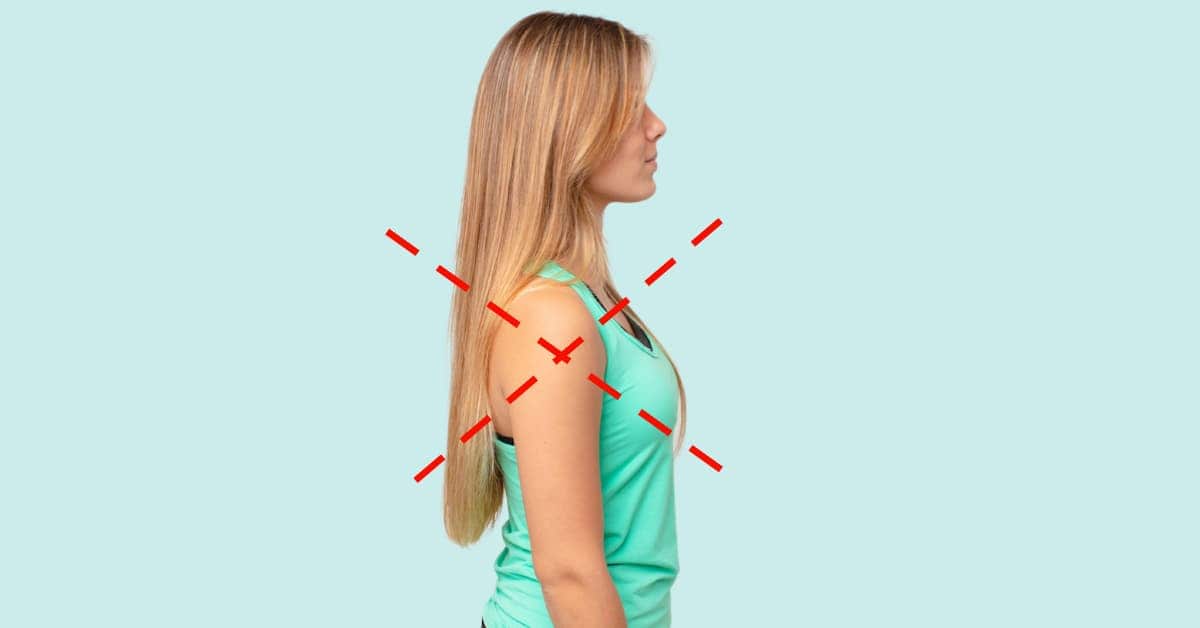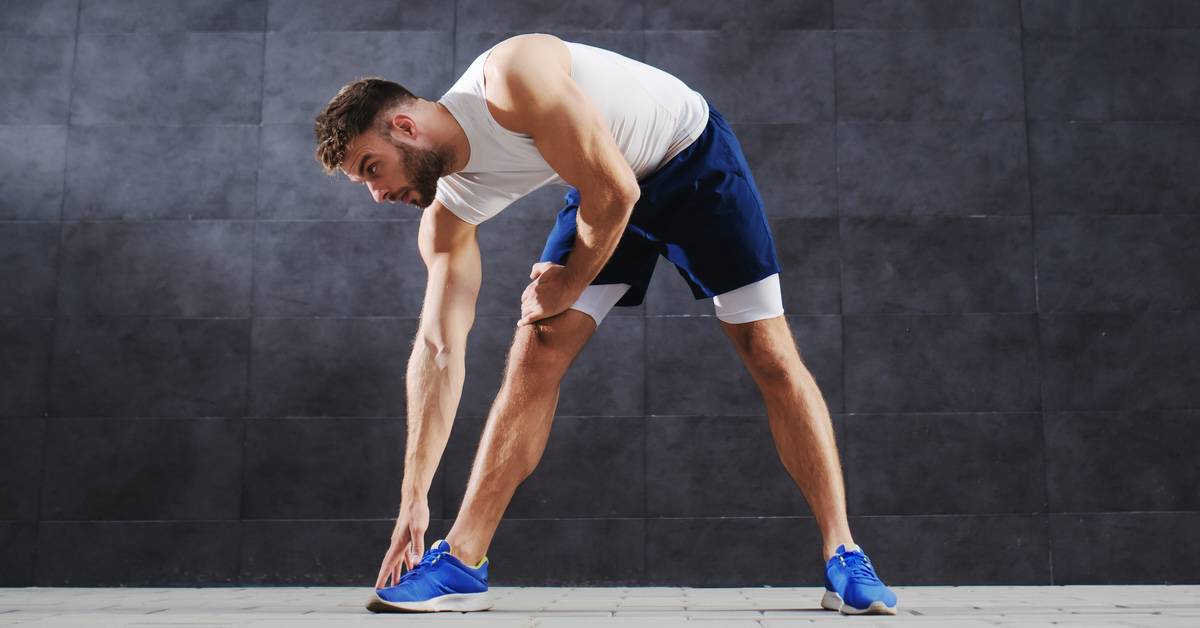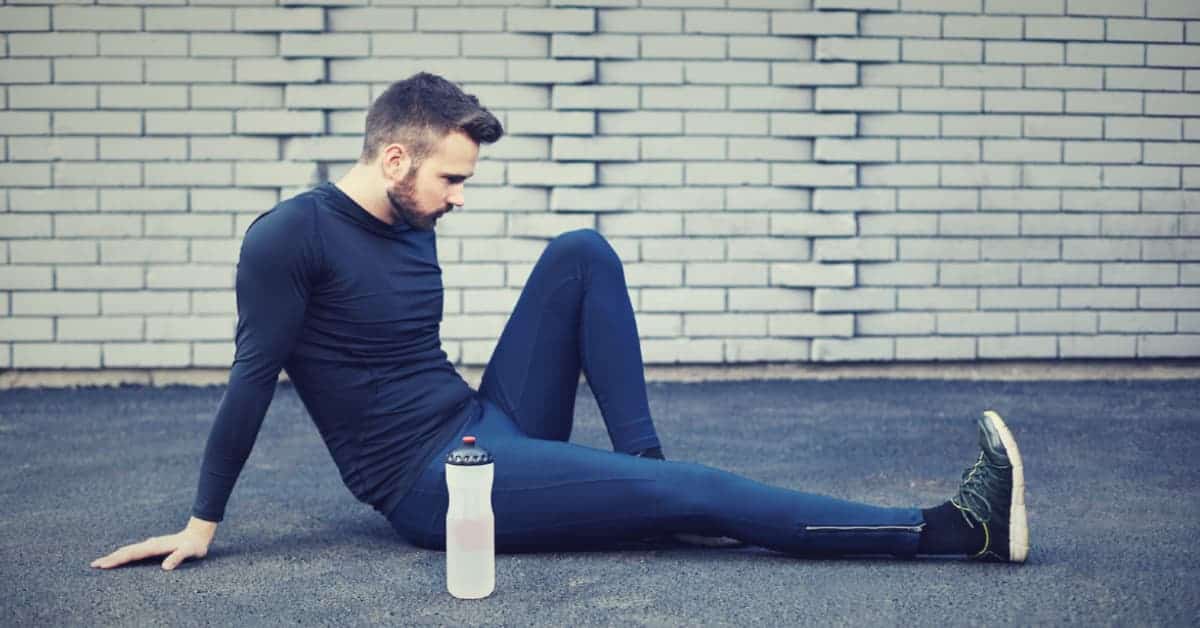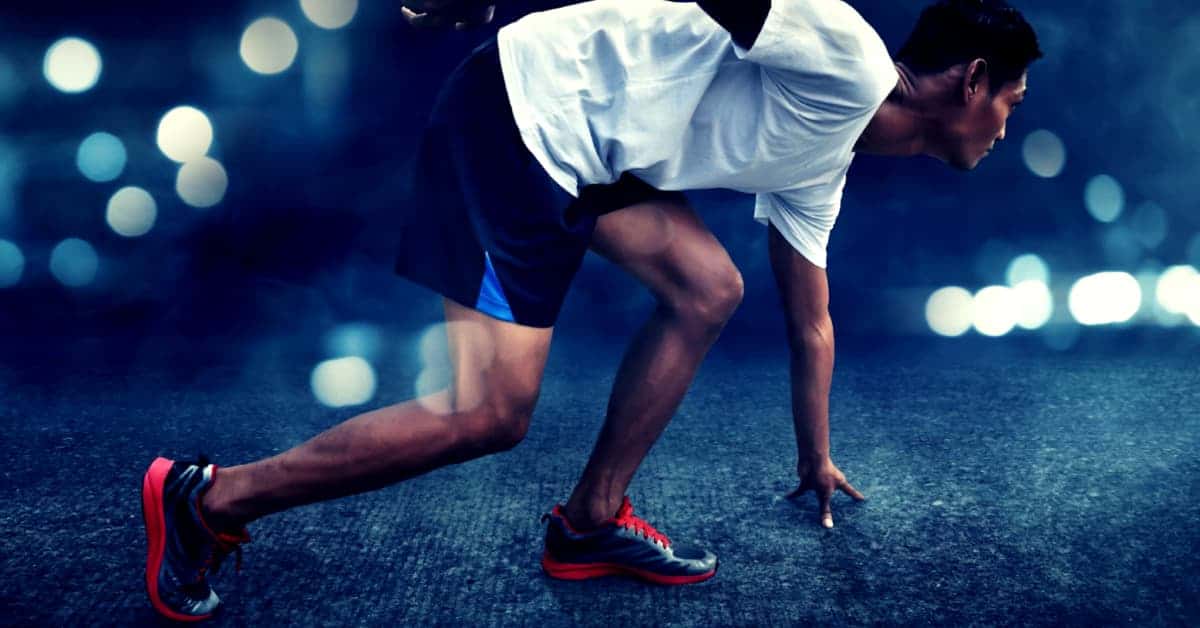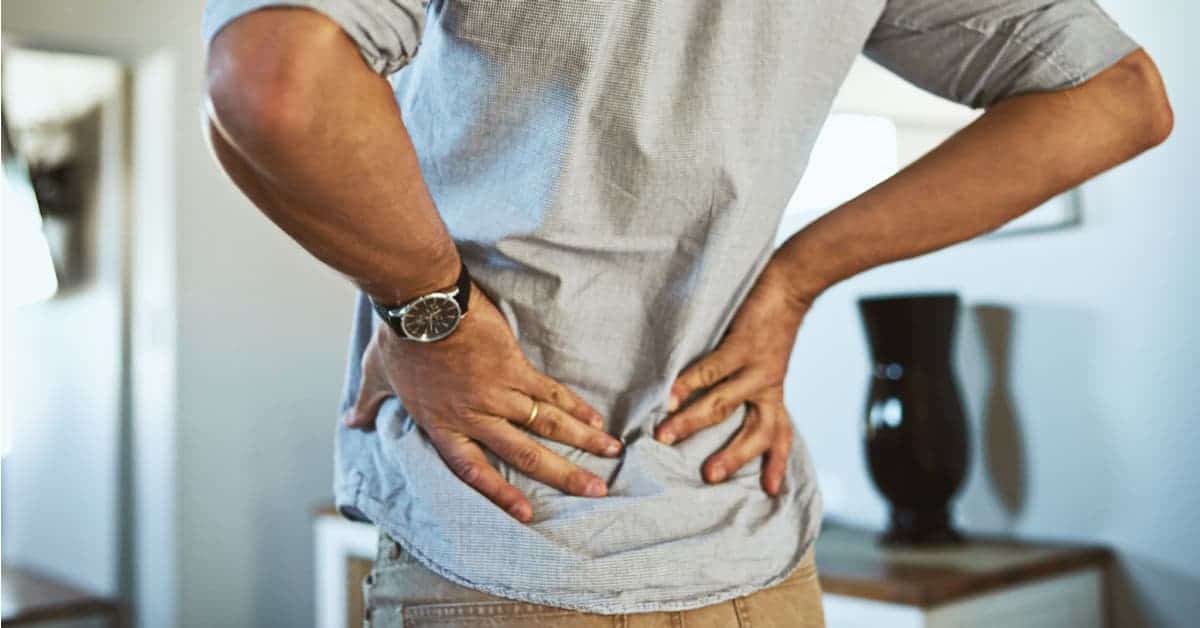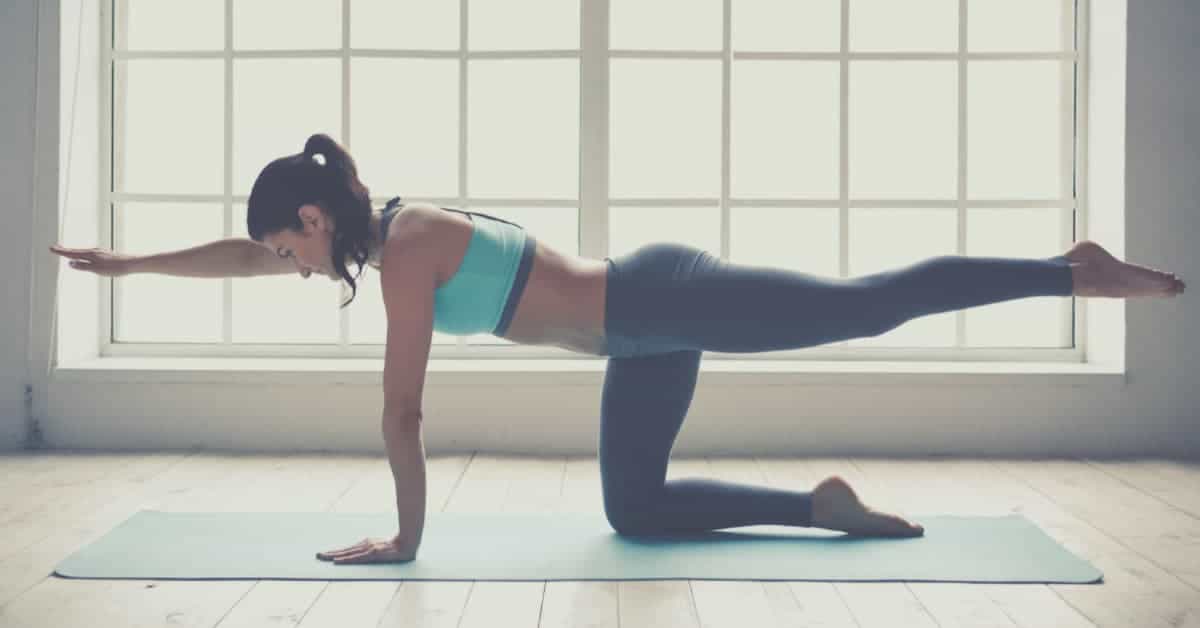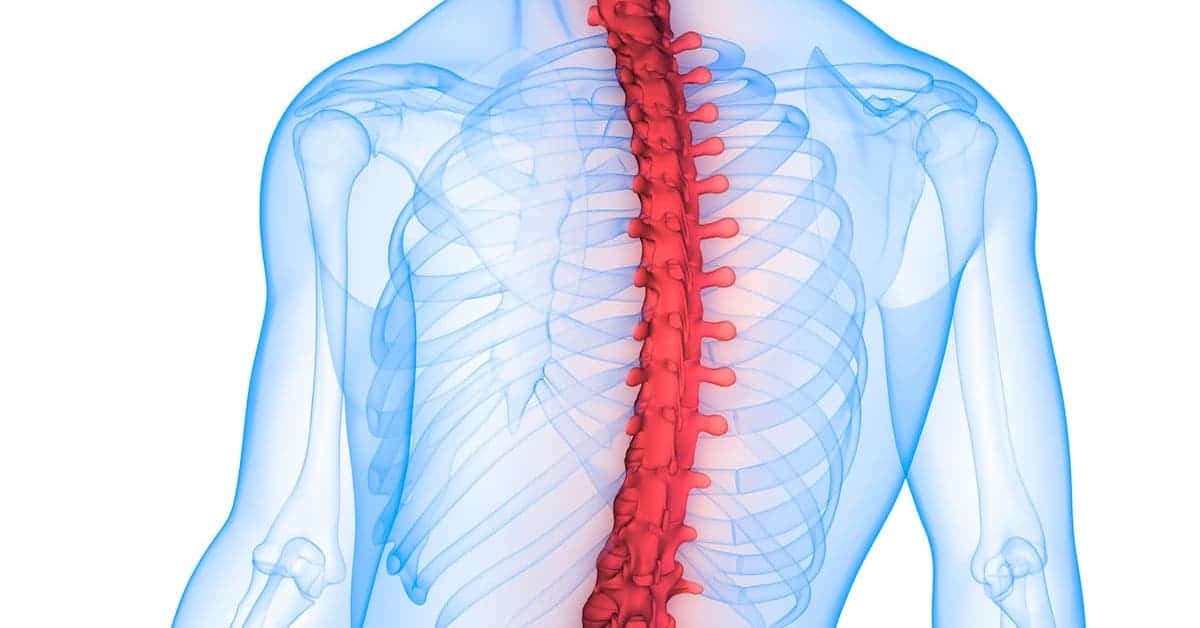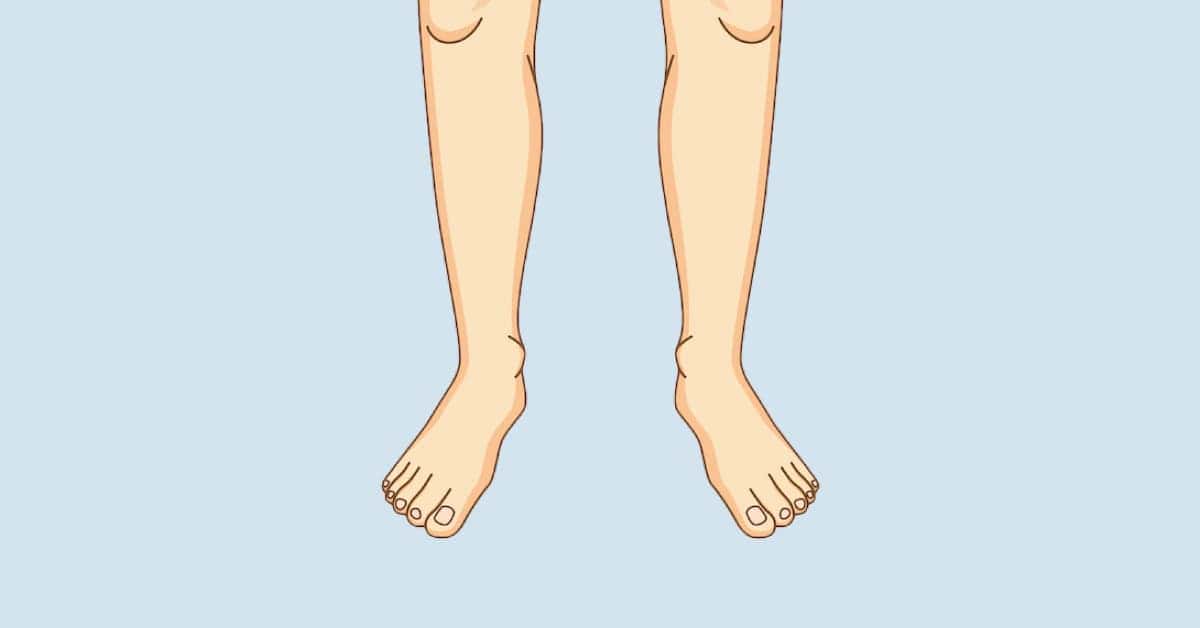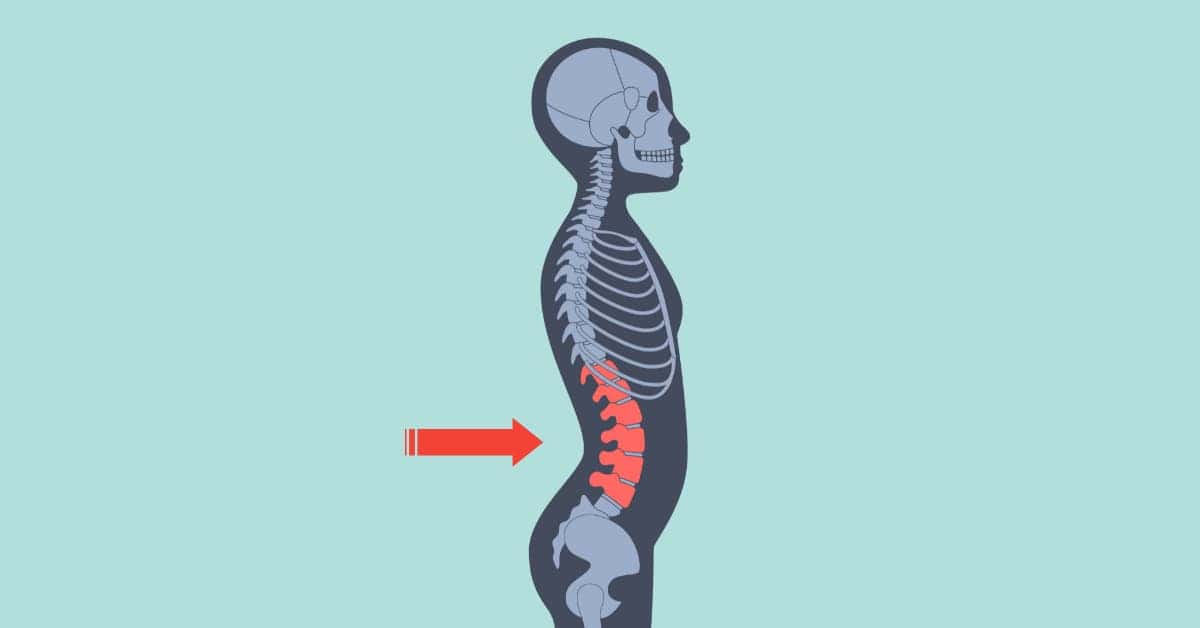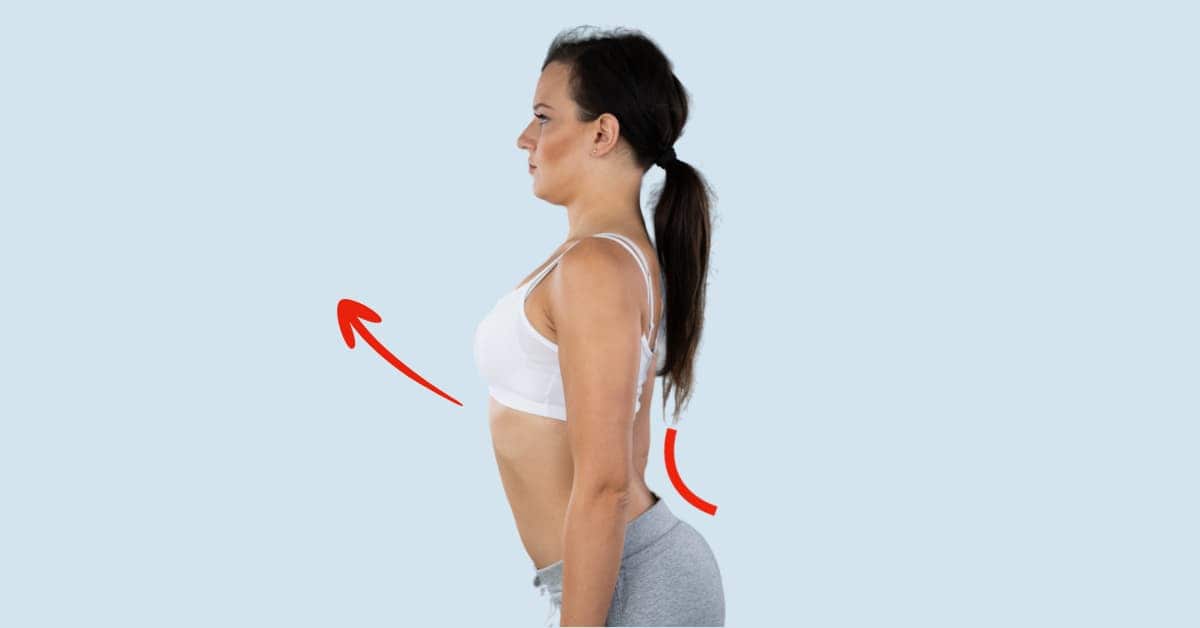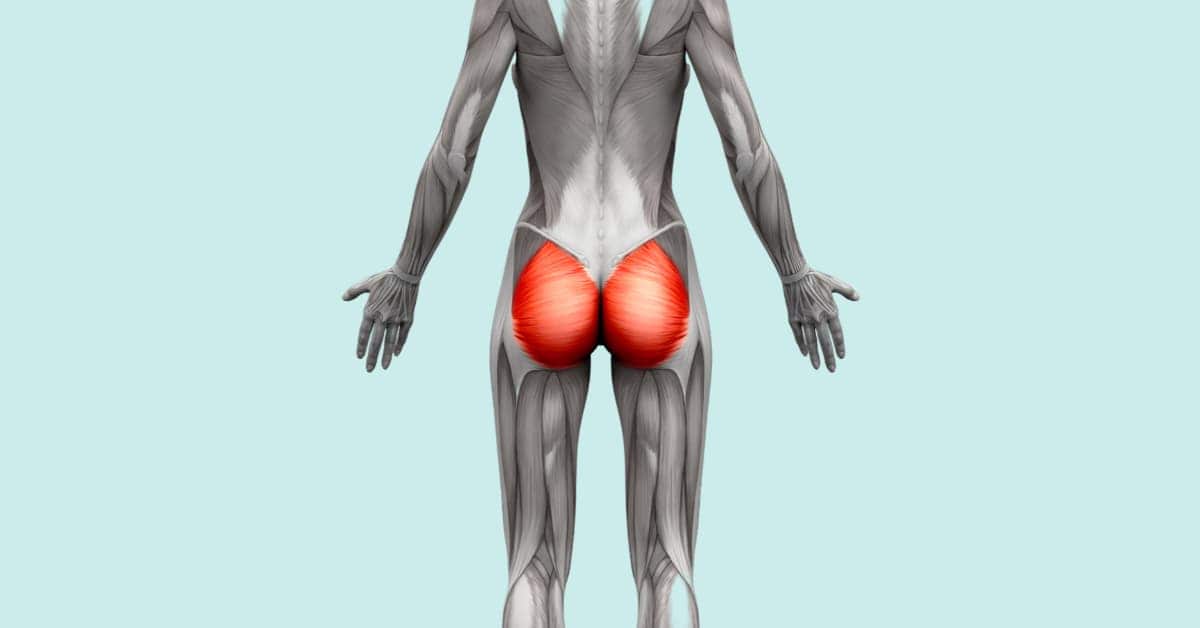Upper Crossed Syndrome (UCS) is a common postural imbalance that can affect anyone who spends extended periods sitting in front of a computer or hunching over a phone. UCS is characterized by tightness and weakness in specific muscles in the upper half of the body. This creates a muscle imbalance that can pull your shoulders forward and cause your head to jut forward, leading to poor posture.
In this article, we will explore some effective exercises and stretches that target the muscles affected by UCS. By incorporating these exercises into your daily routine, you can alleviate pain and discomfort, and improve your overall posture and quality of life.
I. Understanding Upper Crossed Syndrome
Upper Crossed Syndrome (UCS) is a postural issue commonly seen in people who lead sedentary lifestyles or spend long periods sitting, especially when using computers or mobile devices.
When you sit for extended periods, some muscles in your upper body tend to become tight and overactive, while others become weak and underactive. This creates a crossed pattern of muscle imbalances, which is the reason for the name “Upper Crossed Syndrome.”
The primary cause of UCS is prolonged sitting, which encourages poor posture. Other contributing factors include inadequate physical activity, poor ergonomic setup, habitual slouching, and imbalanced exercise routines that focus more on certain muscle groups.
If you have UCS, you may notice the following signs:
- Forward head posture: Your head may protrude forward in relation to the rest of your body, making it difficult to maintain a neutral position.
- Rounded shoulders: Your shoulders might be pulled forward, appearing rounded and slumped, instead of being aligned with your spine.
The effects of UCS can range from mild discomfort to more severe issues if left untreated. In the short term, you might experience discomfort, pain, and a limited range of motion in the affected areas.
Over time, untreated UCS can lead to chronic pain, reduced mobility and increased risk of injury. Additionally, the postural imbalance may contribute to tension headaches, jaw pain, and other musculoskeletal issues [1].
II. Muscle Imbalances in Upper Crossed Syndrome
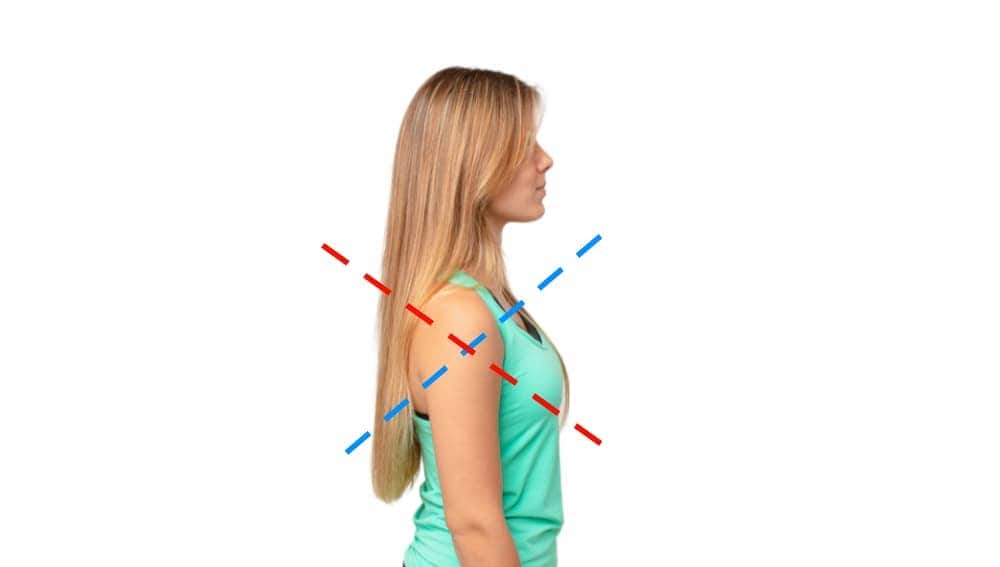
UCS is a condition characterized by muscle imbalances in the upper body. It’s called “upper crossed” because it involves a particular pattern of muscle imbalances that creates two crossed lines in the body when viewed from the side.
A. First cross
The first line of the cross (highlighted in red) refers to the tight muscles that are often affected when we spend long periods sitting in front of a computer. Prolonged sitting causes the pec muscles to become tight, which pulls the shoulders forward into a rounded position.
The muscles that run from the shoulder blade to the back of the head (upper traps and levator scapula) also become tight, which can cause the shoulders to move up and the back of the neck to get tight.
B. Second cross
The second line of the cross (highlighted in blue) includes the weak muscles that are often affected when our head moves forward due to prolonged sitting, especially if we spend a lot of time looking at a screen or mobile device.
Being in this compromised posture for too long causes the muscles in the front of the neck to weaken, making it difficult to push the head back into a neutral position. The back muscles (rhomboids and lower traps) also become weak and long, which can cause the back to hunch.
The combination of these muscle imbalances in the two lines creates a characteristic pattern of UCS.
III. Creating a Plan to Reverse Muscle Imbalances
To effectively address and reverse the muscle imbalances caused by Upper Crossed Syndrome (UCS), following a comprehensive plan that targets the affected muscles and incorporates lifestyle changes is essential. Here’s an overview of the four main steps we’ll be covering in this plan:
- Self-massage for tight muscles: Self-massage techniques can help release tension in the tight and overactive muscles contributing to UCS.
- Stretching tight muscles: Once the tight muscles have been loosened up through self-massage, you’ll perform targeted stretches to improve flexibility further and relieve tension in these areas.
- Strengthening weak muscles: In addition to addressing the tight muscles, it’s crucial to strengthen the weak and underactive muscles that are also part of the muscle imbalances in UCS.
- Ergonomics and lifestyle changes: Lastly, we’ll discuss the importance of ergonomics and making lifestyle adjustments to support long-term improvement in your posture and overall well-being.
III. Self-Massage for Tight Muscles
Before stretching, it’s beneficial to perform self-massage on the tight muscles to help release tension and prepare them for the upcoming stretches.
Pec minor self-massage
- Find a small massage ball, tennis ball, or lacrosse ball.
- Stand facing a wall and place the ball on the wall at chest height.
- Position the ball on the tight area of your pec minor, near the shoulder joint.
- Lean into the ball, applying gentle pressure.
- Slowly move the ball around, targeting any tight or tender spots.
- Spend about 2 minutes on each side.
Upper trap massage
- Stand near a wall with a massage ball.
- Place the massage ball on your upper trapezius muscle, near the base of your neck.
- Using the wall, apply gentle pressure to the ball targeting your upper trap area.
- Slowly roll the ball around the muscle, focusing on any tight or tender areas.
- Spend about 2 minutes on each side.
Levator scapulae massage
The levator scapula is a muscle at the back and side of the neck, connecting the shoulder blade to the cervical spine. It’s responsible for lifting the shoulder blade and rotating the neck. To massage it:
- Find a sturdy wall or surface.
- Place a massage ball on the levator scapulae muscle at the upper part of your shoulder blade and extending up the side of your neck.
- Lean into the wall and apply gentle pressure to the ball.
- Slowly roll the ball around the muscle, focusing on any tight or tender areas.
- Spend about 2 minutes on each side.
IV. Stretching Tight Muscles
After releasing tension through self-massage, perform these stretches to further improve flexibility in the tight muscles.
Pec minor stretch
- Stand in a doorway or next to a wall.
- Position your forearm on the wall or door frame at a 90-degree angle, with your elbow at shoulder height.
- Slowly lean forward, feeling a stretch in the front of your shoulder and chest.
- Hold the stretch for at least 30 seconds.
- Repeat on the other side.
Upper trap stretch
- Sit on a chair, placing one hand under your thigh to anchor that side.
- Tilt your head to the opposite side, bringing your ear towards your shoulder.
- Use your free hand to gently apply pressure on the side of your head, deepening the stretch.
- Hold the stretch for at least 30 seconds.
- Repeat on the other side.
Levator scapulae stretch
- Sit on a chair, placing one hand under your thigh to anchor that side.
- Tilt your head forward and slightly to the opposite side, aiming to bring your chin towards your armpit.
- Use your free hand to gently apply pressure on the back of your head, deepening the stretch.
- Hold the stretch for at least 30 seconds.
- Repeat on the other side.
V. Strengthening Weak Muscles
Now that the tight muscles have been addressed, it’s time to focus on strengthening the weak muscles to support proper posture.
Prone Y, T, and W exercises
- Lie face down on the floor with your arms extended overhead in a Y position, palms facing down.
- Lift your arms, chest, and head off the ground, squeezing your shoulder blades together.
- Hold for a few seconds, then lower back down.
- Repeat for 10-15 reps.
- Next, change the position of your arms to form a T, and repeat the same movement for 10-15 reps.
- Finally, adjust your arms into a W shape and perform the same lifting movement for another 10-15 reps.
Standing W pose
- Stand with your back straight, feet shoulder-width apart.
- Position your arms in a W shape, with your elbows and wrists in line with your back.
- Slowly slide your arms up, straightening your elbows, while keeping your wrists and elbows in a straight line.
- Lower your arms back down to the starting position.
- Repeat for 10-15 reps.
Seated band rows
- Sit on the floor with your legs extended and a resistance band wrapped around your feet.
- Hold one end of the band in each hand, palms facing each other.
- Sit up tall and engage your core.
- Pull the band towards your body, bending your elbows and squeezing your shoulder blades together.
- Slowly return to the starting position.
- Repeat for 10-15 reps.
Wall leans
The neck flexors are responsible for stabilizing the head and neck. Strengthening the neck flexors should help you to lift your head rather than letting it jut forward. The wall lean is a great exercise to strengthen this muscle.
- Stand with your back facing a wall, about an arm’s length away.
- Lean against the wall so that only the back of your head touches the wall, keeping your neck straight.
- Make sure you are tucking your chin slightly.
- Hold the position for a few seconds, then relax.
- Repeat for 10-15 reps.
Chin tucks
This exercise can be done anywhere and can be a great alternative to the wall lean exercise if you prefer not to use a wall.
- Sit or stand with good posture, looking straight ahead.
- Gently tuck your chin in toward your neck, creating a double chin. You can use your hand to press your chin in.
- Hold the position for a few seconds, then relax.
- Repeat for 10-15 reps.
VI. Ergonomics and Lifestyle Changes
In addition to the exercises and stretches, making ergonomic adjustments and lifestyle changes can help further alleviate the symptoms of UCS and prevent it from recurring.
A. Adjust your workspace
- Position your computer monitor at eye level to avoid straining your neck and contributing to forward head posture.
- Keep your keyboard and mouse close to your body to prevent overreaching and rounding your shoulders.
- Use a chair with proper lumbar support and adjust the height so your feet are flat on the ground, promoting a neutral spine position.
- Take regular breaks to stand up, walk around, and stretch throughout the day, helping to minimize the negative effects of prolonged sitting.
B. Maintain proper posture
- Keep your head neutral with your ears aligned over your shoulders, preventing forward head posture.
- Draw your shoulder blades back and down to avoid rounding your shoulders, promoting a more upright posture.
C. Incorporate movement into your daily routine
- Make time for regular physical activity, such as walking, swimming, or exercise, to help counteract the effects of prolonged sitting.
- Prioritize strengthening and stretching exercises for your upper body and your regular workout routine to maintain proper muscle balance.
- Be mindful of your posture throughout the day and make adjustments as needed to prevent the development of UCS.
D. Seek professional help if needed
- If your symptoms do not improve after implementing these strategies, consider consulting with a physical therapist or chiropractor for further assessment and personalized recommendations.
Key Takeaways
Upper crossed syndrome is a common postural issue caused by muscle imbalances in the upper body. By incorporating self-massage, stretching, strengthening exercises, and making ergonomic and lifestyle changes, you can effectively alleviate the symptoms of UCS and improve your overall posture and well-being.
Remember to be patient, as reversing muscle imbalances may take time and consistent effort. It’s essential to maintain proper form and posture during exercises and stretches, and address the root cause of poor posture to ensure lasting results. If you don’t see improvement after trying these strategies, don’t hesitate to seek professional help for a tailored approach.
